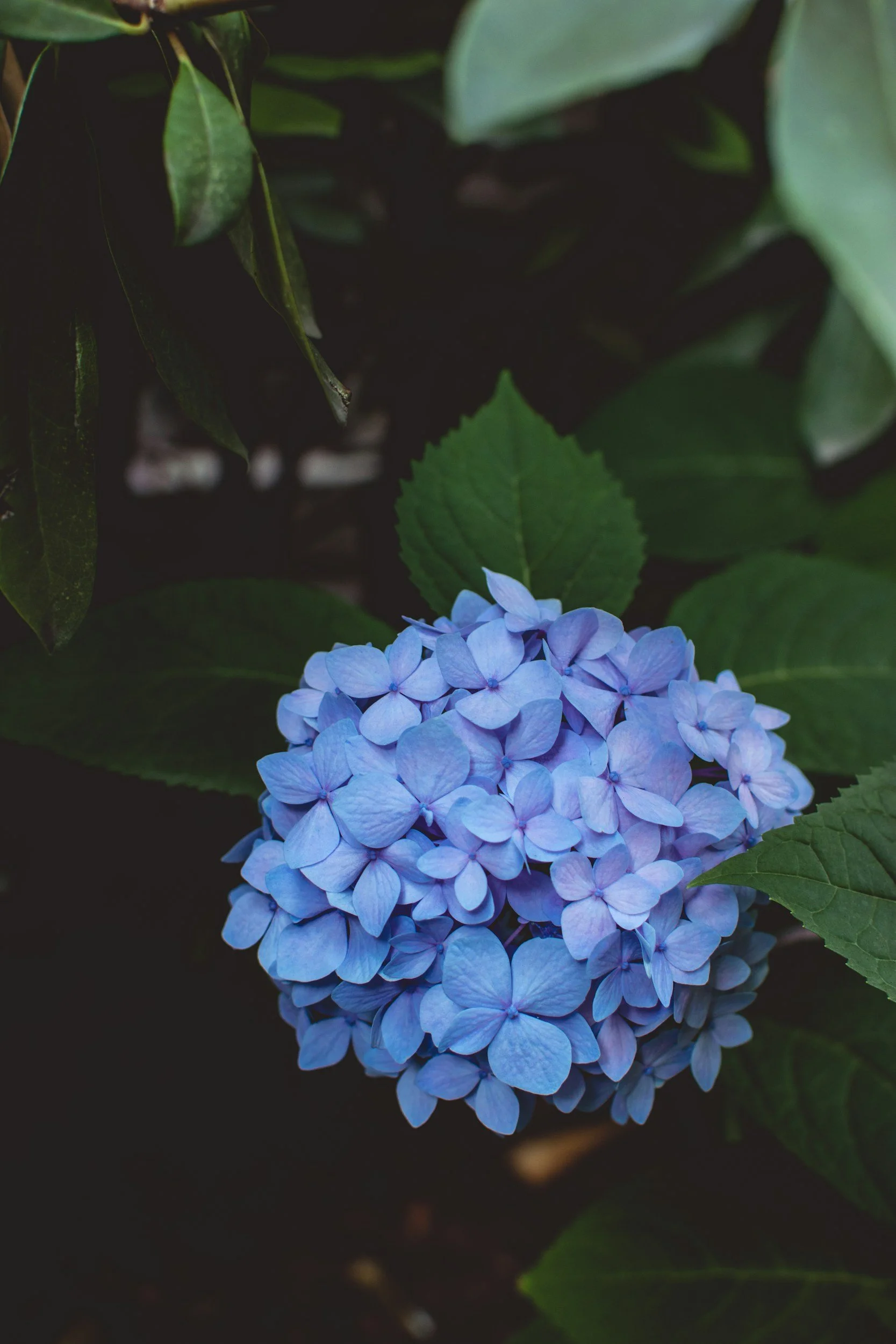A Summer Bloom Worth Waiting For: Caring for Your Connecticut Hydrangeas
Along the Connecticut shoreline, from Branford to Stonington, the early signs of summer are as much about sound and scent as they are about sunshine. There’s the whisper of waves brushing a rocky shore, the smell of salt and lilac, and, by late June, the lush swell of hydrangeas in full bloom—those iconic, cloudlike flowers that drape themselves across garden beds and white picket fences with old Yankee grace.
But that kind of display doesn’t happen by accident. Hydrangeas may look effortless, but the work of their glory begins in the quiet garden tasks of May and June.
If you’re tending to these summer staples, now’s the time to ensure they’ll be at their boldest for cookouts, porch parties, and Fourth of July parades. Here’s how to care for hydrangeas in Connecticut this spring—so they’ll reward you with a riot of blooms come early summer.
The Connecticut Hydrangea Primer
Before you grab the pruners, it’s important to know what kind of hydrangea you’re working with. On the shoreline, you’re most likely growing one (or more) of the following:
Bigleaf Hydrangeas (Hydrangea macrophylla) – The classic blue and pink mopheads and lacecaps. Sensitive to pruning and temperature.
Panicle Hydrangeas (Hydrangea paniculata) – Tall, sun-loving, with cone-shaped blooms that turn blush pink in late summer.
Smooth Hydrangeas (Hydrangea arborescens) – Like the beloved ‘Annabelle,’ these are hardy and reliable, even in shadier spots.
Oakleaf Hydrangeas (Hydrangea quercifolia) – Dramatic foliage and large cones that bloom a little later, often into July.
Understanding which you have helps dictate your spring care routine.
1. Don’t Prune the Wrong Plant at the Wrong Time
Hydrangea macrophylla blooms on old wood—that is, stems formed the previous summer. Prune them in May, and you risk cutting off this year’s flowers.
Instead, in May and early June:
Gently remove only dead stems or those damaged by a tough Connecticut winter.
Scratch the bark with your nail—green underneath means it’s alive. Brown and brittle? It’s time to cut.
If needed, thin out a few of the oldest stems from the base to allow better air circulation.
Panicle and Smooth hydrangeas, on the other hand, bloom on new wood and can be pruned now for shape and size control.
Takeaway:
→ Know your variety before you prune. For mopheads, less is more in spring.
2. Hydrate Thoughtfully
May and June in Connecticut can be unpredictable—cool mornings, sudden downpours, and long, dry stretches. Hydrangeas love moisture, but hate to sit in soggy soil.
Water deeply 2–3 times a week, especially if there hasn’t been steady rain.
Morning watering is best—less evaporation and fewer fungal issues.
Mulch with compost or pine bark to help retain moisture and keep roots cool.
Takeaway:
→ Keep soil consistently moist, not saturated. Hydrangeas don’t like wet feet.
3. Feed, But Don’t Overfeed
Hydrangeas enjoy a light meal in the spring—but too much nitrogen, and you’ll end up with gorgeous leaves and very few blooms.
Apply a slow-release fertilizer (like a 10-10-10) in late May.
For bigleaf hydrangeas, adding aluminum sulfate will turn blooms blue in acidic soil (ideal for shoreline gardens). Garden lime encourages pink blooms in alkaline soil.
Takeaway:
→ Fertilize once in late May to promote balanced growth and abundant blooms.
4. Check for Late Frost Damage
While May is usually frost-free along the shoreline, inland dips or surprise cold snaps can damage buds. If you see blackened tips or wilted leaves:
Trim damaged ends just above a pair of healthy leaves.
Be patient—many hydrangeas bounce back once the weather warms.
Takeaway:
→ A late frost doesn’t always mean no blooms—just give the plant time.
5. Support the Show
By June, mopheads and Annabelles start to weigh heavy with buds. Especially after rain, stems can bend or break.
Stake or cage floppy varieties like ‘Annabelle.’
Pinch out some of the weaker stems early in June to direct energy to the strongest.
Deadhead spent blooms (if any remain from overwintering) to neaten the appearance.
Takeaway:
→ Help your hydrangeas stand tall by June’s end with a little support.
Bonus Tip: Hydrangeas Love Company
Plant hydrangeas alongside ferns, hostas, or astilbe to provide layered shade at their base and retain soil moisture. Native pollinators, like swallowtail butterflies and bumblebees, love lacecap blooms in particular.
And if you're trimming for arrangements? Cut blooms in the early morning, place them in cool water, and give the stems a quick vertical slice to drink deeply.
Connecticut's Hydrangea Season, in Full Bloom
By the time June gives way to July, you’ll want to be enjoying your garden, not managing it. With a little May-and-June care, your hydrangeas will be at their fullest just in time for summer entertaining, evening cocktails on the porch, and a thousand Instagram-worthy moments against a backdrop of billowing blooms.
Because along the Connecticut shoreline, a good hydrangea isn’t just a flower—it’s a season.
JOIN THE NEXT EVENT ON THE SHORELINE
Upcoming Events
IT’S A GOOD READ!
Recent Articles
It would be a shame to miss out!
Follow us @shoreline_ct for even more content.





This summer, swap the spritz for something with a little more edge. The Batanga, a fizzy blend of tequila, lime, cola, and a salted rim, is poised to become the go-to drink on the Connecticut shoreline. Here’s why this Mexican classic is making waves—and how to make one yourself.